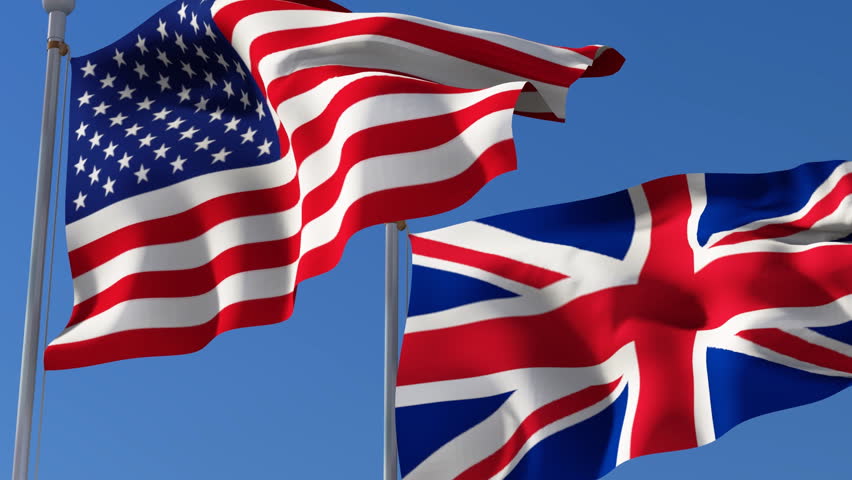
Yesterday, the CBI Director General Carolyn Fairbairn called for the UK to stay in the Single Market and the Customs Union until a final Brexit deal is agreed and in place.
ADS fully support this idea as a practical solution that gives certainty to businesses and gives time to negotiate a good deal for the UK.
The two-year Article 50 clock is ticking. At the moment, at 11pm on 29th March, 2019, the UK will no longer be a Members State of the EU.
Committing to staying in the Single Market and the Customs Union for a time limited period while negotiate a deal would give companies, their investors and their customers confidence that the UK will remain a globally competitive economy while negotiate our a deal with the EU.
It’s a simple and practical solution, but there are some key issues about making it work.
1. Will the EU support it?
On Wake Up to Money this morning, the sceptical presenters asked the CBI whether the EU would really go for it.
Funny thing is, they already have.
The EU has been fairly transparent on many of the key withdrawal issues on Brexit, including publishing European Council’s (Article 50) guidelines on Brexit negotiations.
Paragraph 6 of the guidelines states:
“Should a time-limited prolongation of Union acquis be considered, this would require existing Union regulatory, budgetary, supervisory, judiciary and enforcement instruments and structures to apply.”
So the EU, from the start, has been open to the UK staying in the Single Market and Customs Union for a time-limited period. Now UK business is too.
2. Is is technically possible?
But staying in the Single Market and the Customs Union as part of an interim arrangement isn’t straightforward. Technically, there are two ways to do it:
- If the transition period is an extension of the A50 negotiating window, then the UK would remain a Members State.
- If the transition is agreed as part of the A50 withdrawal agreement, then the UK would not remain a Members State.
This might appear a distinction without a difference, but technically and legally it matters a great deal.
One practical example of the difference is the bilateral aviation safety agreement (BASA) between the European Aviation Safety Agency (EASA) and the Federal Aviation Authority (FAA) in the US.
That bilateral only covers Member States. So while Norway and Switzerland are in the EASA regulatory regime, the FAA have separate bilaterals with those countries recognising them as competent authorities on aviation safety issues.
Technical work needs to begin now between the DfT and the FAA (not to mention similar deals with Canada and Brazil) to prepare for the non-Member State option of staying in the Single Market and the Customs Union.
3. When do we need to agree the interim period?
Well, now really, and probably by the end of the year at the latest.
Think about it from an international business’ perspective. If you’re making long-term capability, production and/or investment decisions, you’re probably looking thinking now about post-March 2019 projects. More specifically, ADS members that set production cycles 12 months in advance will need to know the direction of travel for the post-Brexit regulatory environment by March 2018 at the latest, if not by the end of this year in order to fit with their planning decisions. Similarly, UK-owned airlines operating routes on the continent sell tickets 12 months in advance; they will need to know well before March 2018 whether they can offer tickets on particular routes from March 30th 2019.
It’s good that a proper interim arrangement is now part of the Brexit debate. A deal is not only possible, but a necessary part of the Brexit process.





